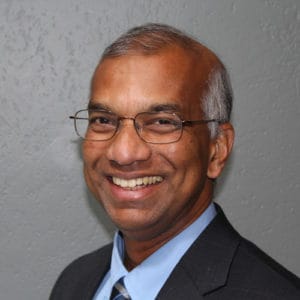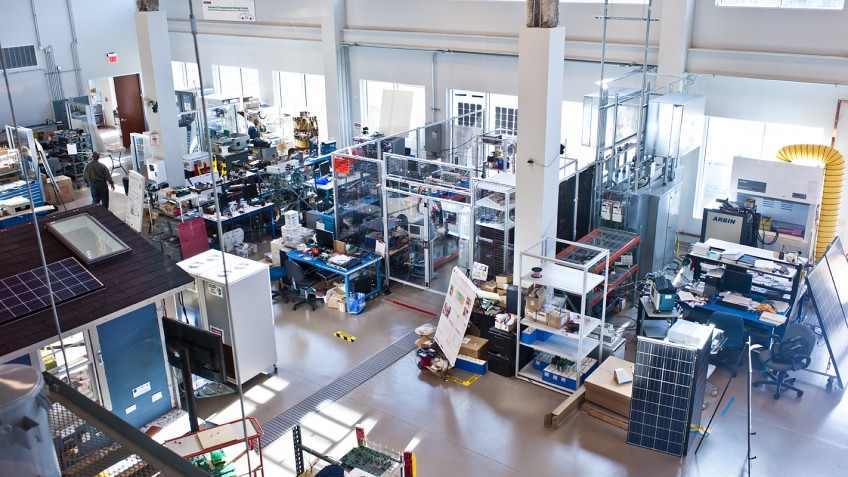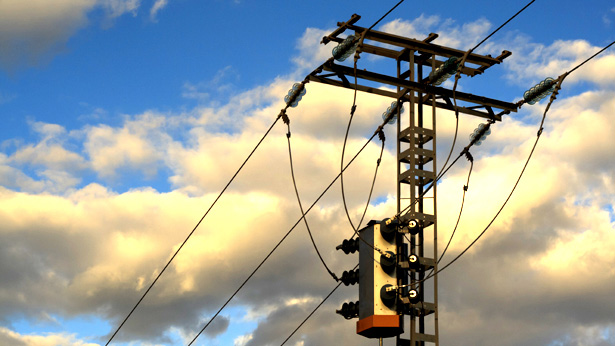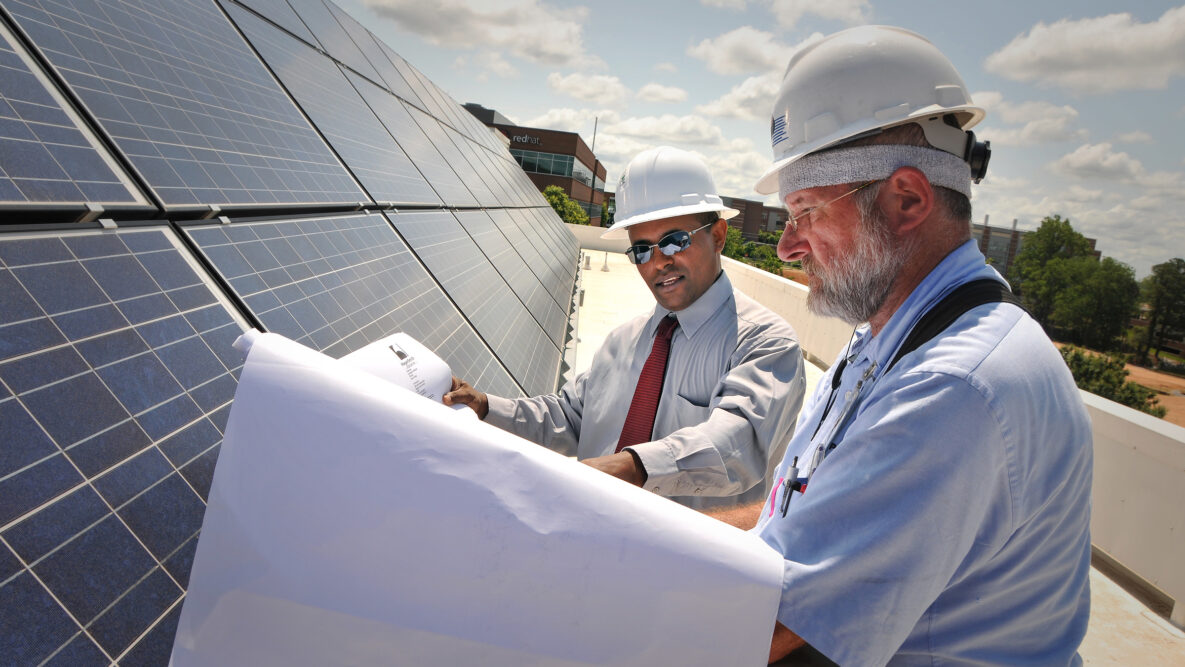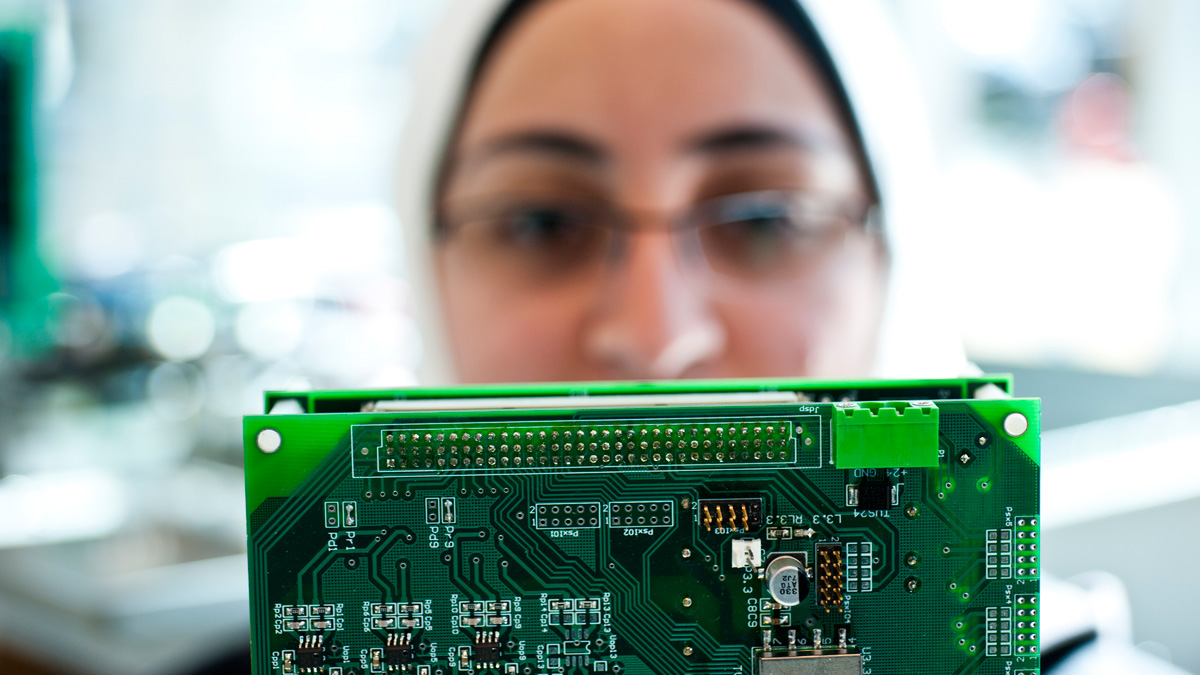Modernizing the Electric Grid
The modern human depends on an ever-updating array of electronic devices: smartphones, smart televisions, smart thermostats, computers, even electric cars.Yet the American electric grid that powers those devices has gone largely unchanged for decades. It still runs largely on sources that harm the environment and compromise national security. It still exposes consumers everywhere to outages anywhere and still has little capacity for tapping renewable energy sources.
In 2008, the National Science Foundation chose NC State to lead an effort to create a modern power grid. At the Future Renewable Electric Energy Delivery and Management (FREEDM) Systems Engineering Research Center, universities from the United States have joined forces with industry partners to develop a more secure, sustainable environmentally friendly electric grid.
At the FREEDM Center, we’re building the internet of energy: a network of distributed energy resources that intelligently manages power using secure communications and advanced power electronics. Our research priorities include power electronics packaging, controls theory, solid state transformers, fault isolation devices, and power systems simulation and demonstration.
FREEDM Innovations
A Bold Vision for Energy
The smart grid will do for electricity what the internet did for information. In the FREEDM Systems vision, consumers will take charge of their energy needs with innovative solar panels, wind turbines and electric vehicles.
Other new technologies, unforeseen today, will emerge as a result of the massive innovation fostered by the paradigm shift advocated and enabled by FREEDM. Residential and commercial customers will store or sell back to power companies the excess power generated by local, renewable energy sources. This will reduce the demand for centralized power generation plants, as well as decrease greenhouse gas emissions.
The FREEDM System is a green energy grid infrastructure that will:
- Allow plug and play of any energy resource or storage device, anywhere and anytime.
- Manage distributed energy resources and storage devices.
- Pioneer a scalable and secure communication backbone.
- Work in isolation from the central grid, if necessary, continuing to operate based on 100% renewable energy.
- Provide perfect power quality and greater system stability.
- Isolate faults and outages, preventing them from taking down entire systems.
- Offer improved efficiency, by locating generation closer to loads and reducing transformation losses.
2 NSF Engineering Research Centers
The FREEDM Center is one of two NSF ERCs led by NC State, one of only two universities leading two active ERCs simultaneously.
A Place to Learn and Study
Modernizing the electric grid is a grand challenge for our generation. For faculty and students alike, there’s no better place to confront the issue than the FREEDM Systems Center.
Our faculty members wrestle with imposing problems, and the FREEDM Center gives them tools that are up to the task: a real-time digital simulator lab and the 1-megawatt FREEDM System demonstration hub at NC State, as well as advanced technologies and facilities on our partner campuses. Our faculty are world leaders in their field, and they work in a collegial atmosphere that encourages innovation.
For students, FREEDM offers research opportunities at five universities: NC State, Florida Agricultural and Mechanical, Florida State, Arizona State and the Missouri University of Science and Technology. On all these campuses, the next generation of energy-focused scientists and engineers can help develop the next-generation electric grid.
As an Engineering Research Center, FREEDM also offers professional skill building programs that complement its unparalleled technical education. And FREEDM is a key connector to peers and industry partners who can put research results — and engineering graduates — to work on building the smart grid.

